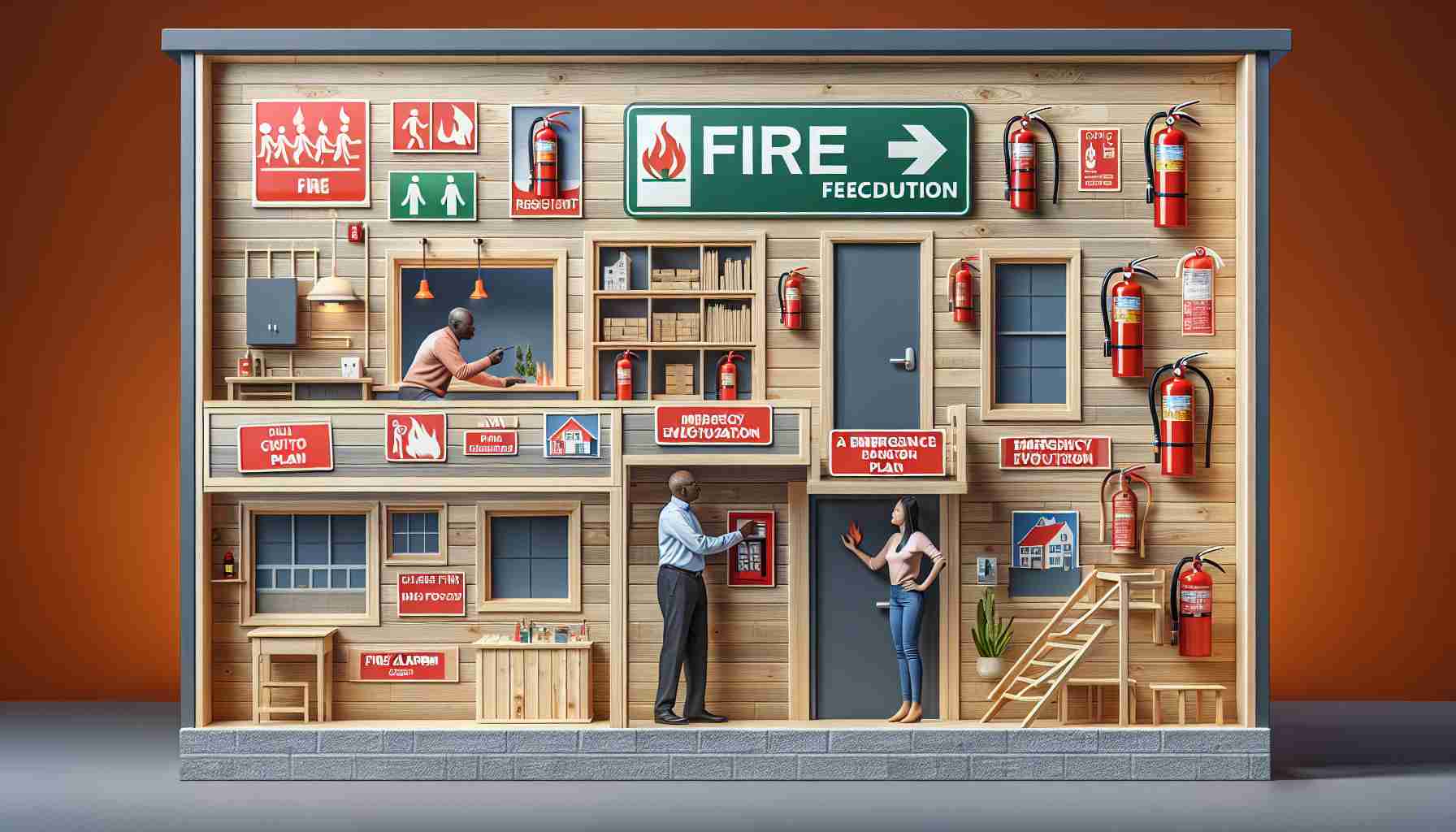
Fire Safety Precautions for Wooden Buildings
A recent fire incident in a residential building in a suburban area raised concerns about the safety of wooden ceilings in buildings. The fire broke out late in the evening and spread quickly, prompting the evacuation of over a hundred residents. Fortunately, no injuries were reported as everyone was able to vacate the premises in time.
Emergency responders worked tirelessly to contain the blaze, which was particularly challenging due to the combustible nature of wooden ceilings. Precautionary measures were taken to prevent the inhalation of toxic fumes, and the affected area was cordoned off for safety reasons.
Authorities are investigating the cause of the fire, with initial suspicions pointing towards a possible electrical malfunction. Efforts are being made to ensure the safety of residents before allowing them to return to their homes unaffected by the fire.
This incident serves as a stark reminder of the importance of fire safety measures in buildings, especially those with wooden structures. It underscores the need for stringent precautions and vigilance to prevent similar incidents in the future.
With the recent fire incident highlighting the vulnerability of wooden structures in buildings, it becomes crucial to delve deeper into fire safety measures for such constructions. While the focus often lies on immediate evacuation and containment strategies, various other factors need consideration to mitigate fire risks effectively.
Key Questions and Answers:
1. What are some additional fire safety precautions that can be implemented for wooden buildings?
Aside from regular fire drills and smoke alarms, installing sprinkler systems can significantly suppress fires in wooden structures. Fire-retardant coatings and materials can also be used for enhanced protection.
2. What challenges are associated with implementing fire safety measures in wooden buildings?
One key challenge is the maintenance of fire safety equipment, as negligence in upkeep can render them ineffective during emergencies. Additionally, retrofitting older wooden buildings with modern fire safety features can be costly and complex.
Advantages and Disadvantages:
Advantages:
- Wooden structures are aesthetically pleasing and environmentally friendly.
- Wood can be treated to improve fire resistance.
- Wood is a renewable resource, making it a sustainable building choice.
Disadvantages:
- Wood is highly flammable compared to other building materials.
- Maintenance and upkeep of fire safety measures in wooden buildings can be more demanding.
- Regulations for fire safety in wooden structures may be stricter due to inherent fire risks.
For more insights on fire safety regulations and guidelines, visit the official Safety website.
Overall, while wooden buildings offer unique advantages, it is essential to address the specific fire safety requirements associated with them to minimize the risk of incidents such as the recent fire tragedy. Vigilance, proactive measures, and community awareness play pivotal roles in ensuring the safety of occupants in wooden structures.